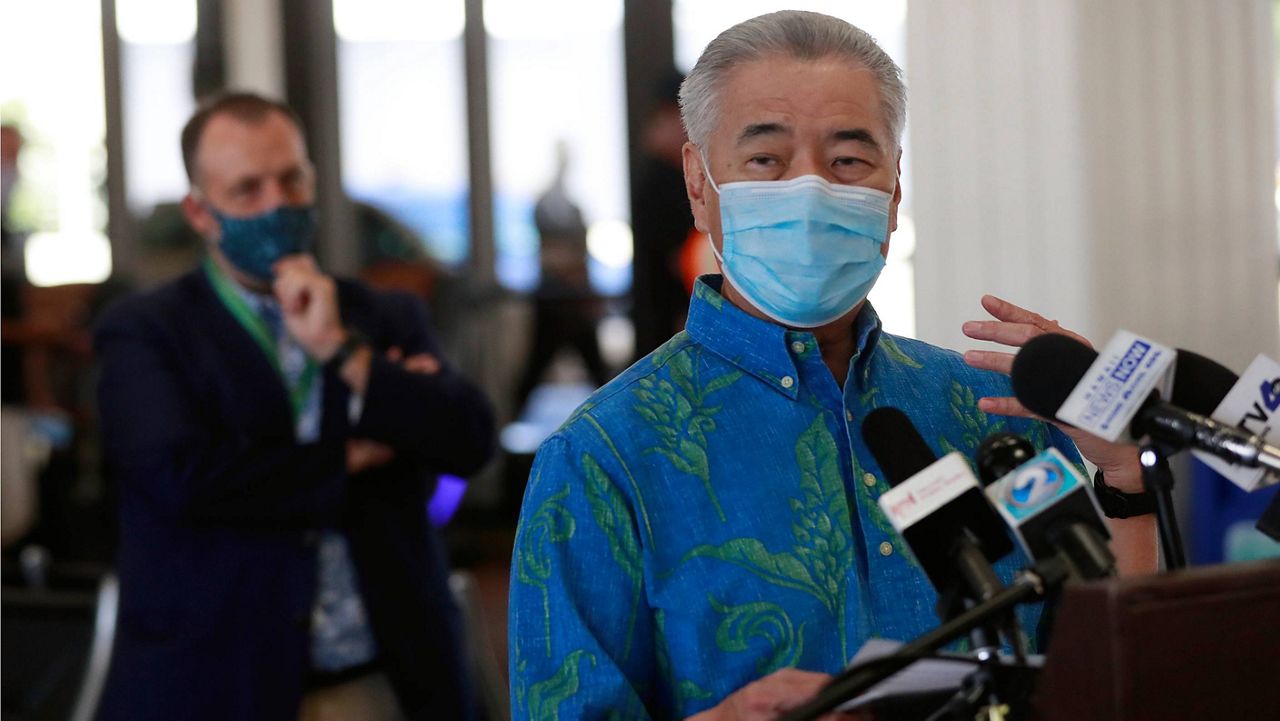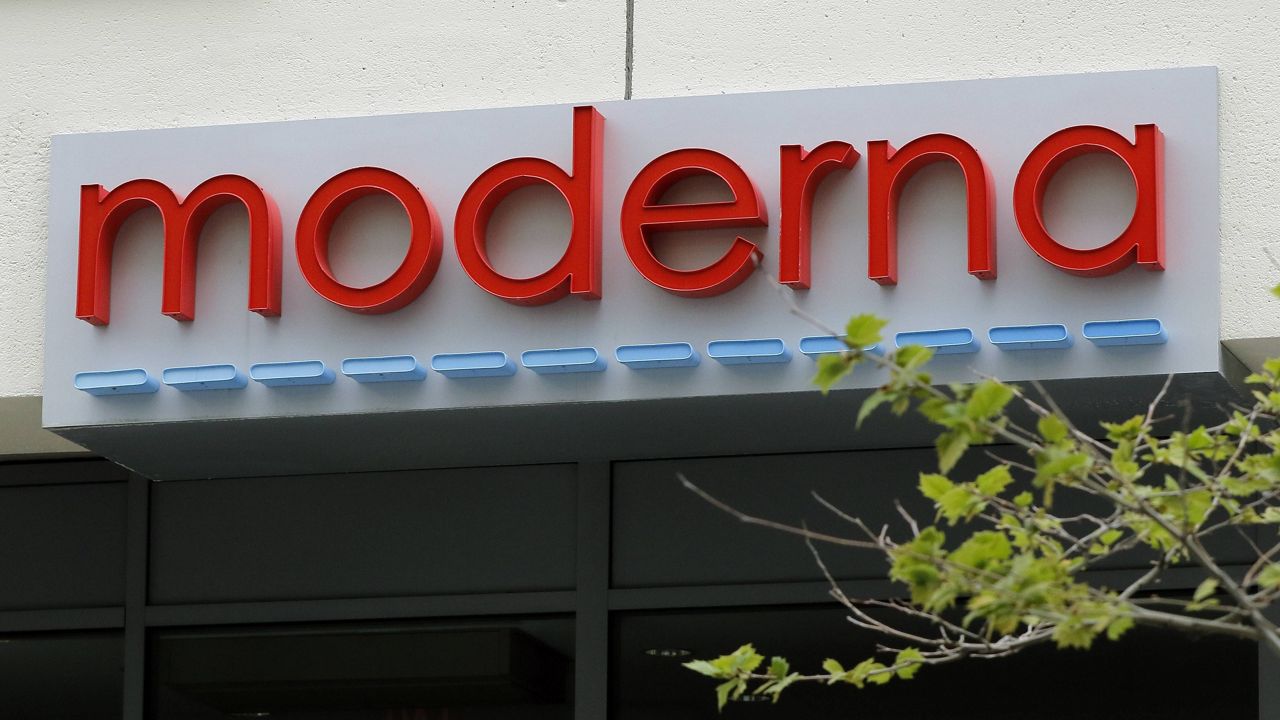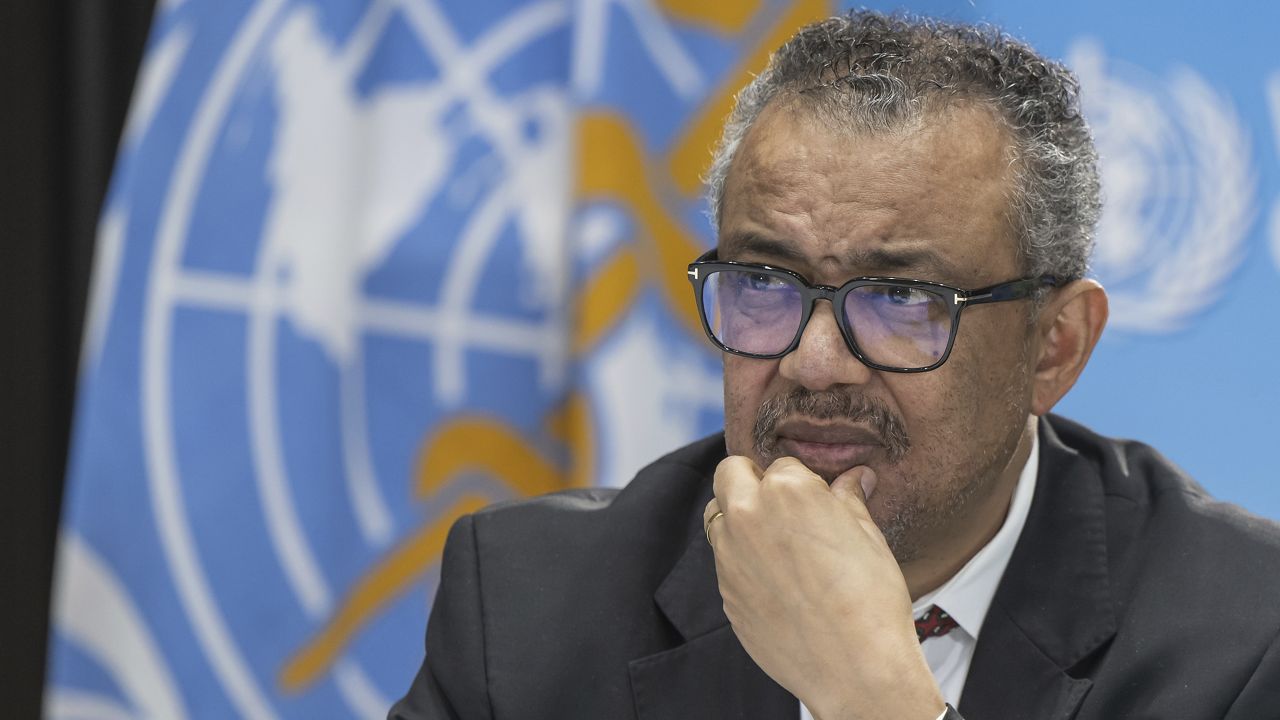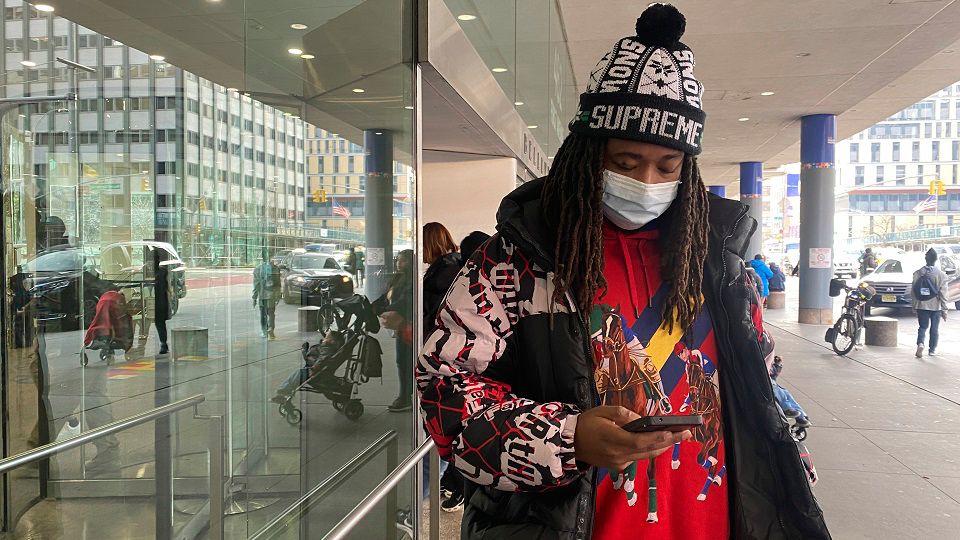HONOLULU — Gov. David Ige said Monday that the newest variant of COVID-19, known as omicron, has not yet been detected in Hawaii. He also signed the latest COVID-19 emergency proclamation.
What You Need To Know
- The state’s Laboratories Division was conducting genomic sequencing in order to detect variants
- It is not yet known whether omicron will be more contagious, cause severe disease or how the vaccines will work against it
- The latest emergency proclamation includes an extension of Hawaii's Safe Travels program and the indoor mask mandate
- While the omicron variant is found in countries around the world, no cases have been detected in the U.S.
According to Ige, while omicron has not been detected in Hawaii, the state’s Laboratories Division was conducting genomic sequencing in order to detect variants, and that the state would continue to monitor the situation in order to identify the new variant as soon as possible.
“While we are moving forward with updated emergency measures, we must remain vigilant. The Omicron variant will likely be detected in the United States,” said Gov. Ige in a news release.
Omicron is the seventh variant of COVID-19 that has risen to the level of being named. It has more mutations than the Delta variant, but it is not yet known whether Omicron will be more contagious, cause severe disease or how the vaccines will work against it.
Omicron was first detected by officials in South Africa but is already said to be found in parts of Europe, Canada, Israel, Australia, Hong Kong and other locations around the world. No cases of the variant have been detected in the U.S., but the World Health Organization has warned that the global risk is very high, prompting the U.S. to close its borders for non-U.S. citizens to eight countries.
Ige also signed the latest COVID-19 emergency proclamation on Monday. It extends Hawaii’s current Safe Travels Program for screening passengers arriving in Hawaii, the indoor mask mandate, vaccination or testing requirements for state executive and county employees, and vaccination or testing requirements for contractors and visitors to state facilities.
Changes in the proclamation state that, starting Dec. 1, counties will be allowed to make their own emergency orders and rules without requiring them to first obtain approval from the governor or the director of the Hawaii Emergency Management Agency.
Limits on social gatherings, restaurants, bars, social establishments, and gyms will also end Dec. 1. Previously, state rules limited outdoor gatherings to 25 people. Now indoor establishments can operate at full capacity. Counties will be able to implement their own measures.
Extensions for driver’s license renewals, permits and replacements ended.
Also, Hawaii will no longer offer an exemption to the 10-day travel quarantine to critical infrastructure workers, such as licensed nurses from other states, who will now follow the Safe Travels program requirements. Still, exemptions for anyone who previously tested positive for COVID-19 and other exemptions will continue to be considered.
“Hawaii residents have worn their masks and avoided large gatherings, even important family events. Most of our residents are vaccinated. We worked together to keep our communities as safe as possible during this pandemic. The State of Hawaii is now ready to move from overall state coordination back to the counties,” said Ige in a news release.
This proclamation is in effect through Jan. 28, 2022, unless terminated or superseded by another proclamation. The governor’s first proclamation was issued in March 2020, and since then, he has signed over 20 proclamations.
The governor also encouraged people in Hawaii to get vaccinated or for adults over age 18 who are already vaccinated to get a booster shot if it has been six months since the completion of their vaccination regimen.









